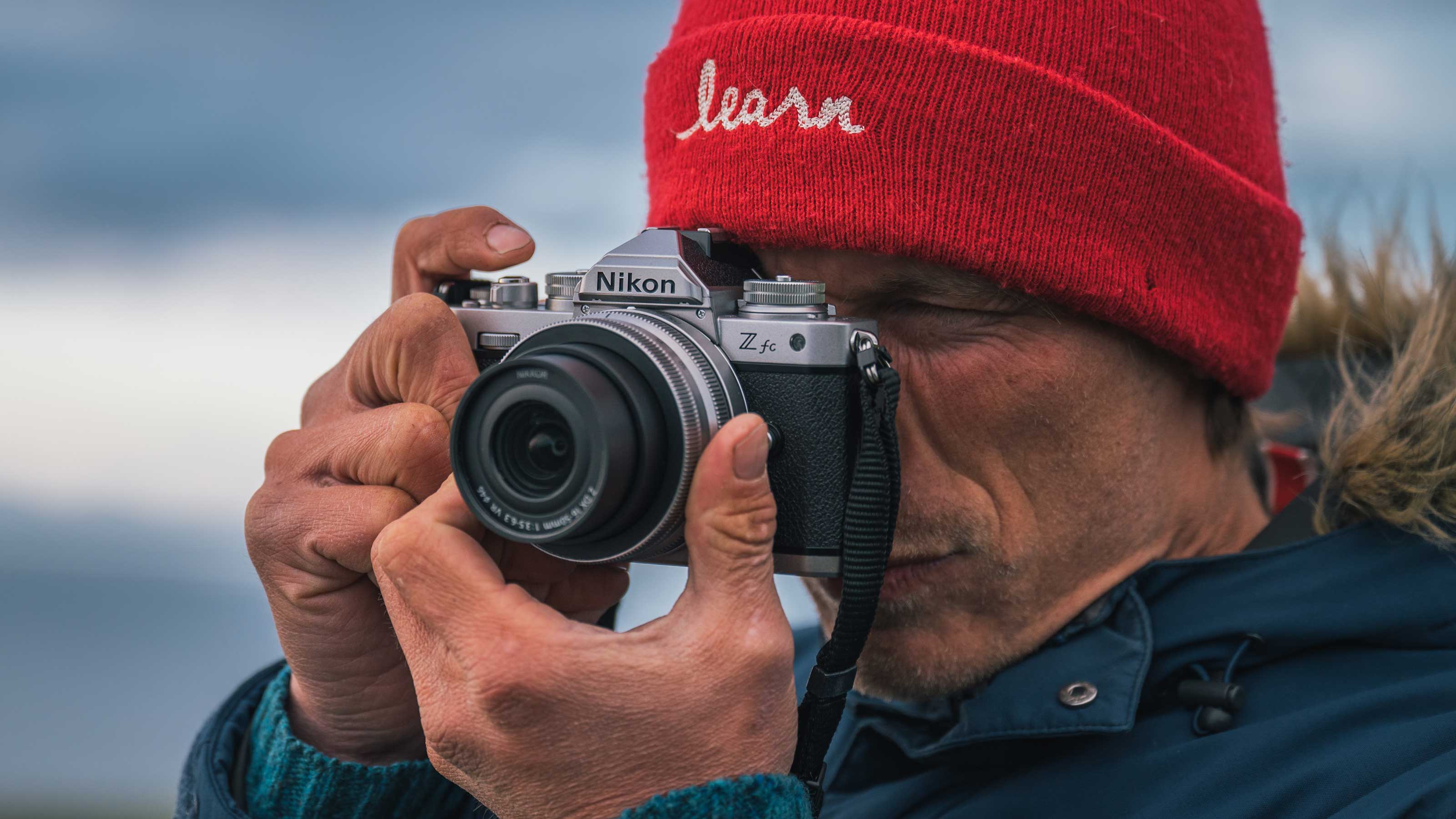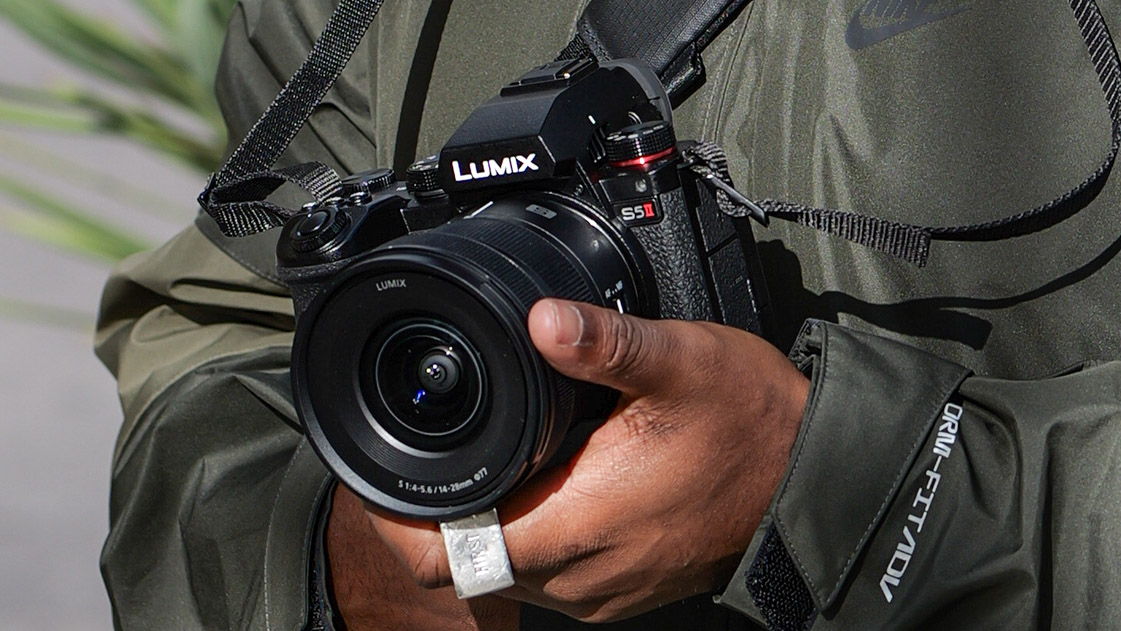Best Leica camera alternatives in 2025
These are the best Leica alternatives to take your street or reportage photography to the next level

I shoot all my personal work exclusively on Leica, so I’m well aware that the red dot comes with a price tag to match - especially when you’re buying new. Over the years, I’ve come to appreciate what makes Leica cameras so distinctive, but I also know other systems out there can deliver a similar feel to the Leica M11 or M11 Monochrom without the same financial stretch.
After testing a variety of alternatives, I’ve narrowed it down to four cameras that embody the classic rangefinder character while adding modern features that can be just as useful - if not more so - for street and documentary work.
They may not be bargain-bin options, but each one comes in at a more accessible price point than its Leica counterparts, offering real value for the investment. Whether you’re chasing that Leica-like shooting experience or want a camera that shines in specific areas, this list has something to suit a range of budgets and approaches.
Best Leica alternatives: our top picks

The Fujifilm X100VI has bags of style, but it's backed up by serious tech. Sixth in a line of prime-lens compact cameras, the X100VI omits zoom range in favor of a catch-it-all focal length and supreme image quality.
Read more below

The Nikon Z fc takes the look of a traditional SLR film camera to a whole new level of retro design, and although it's not a rangefinder-style camera, neither was the original Leica M1 camera.
Read more below

The Fujifilm X-Pro 3 handles like a very traditional camera, and it's designed to be used like a classic rangefinder camera. Sadly now only available secondhand
Read more below

If you want something like the Leica SL, but don't want to pay the hefty price tag, the Lumix S5 II is the perfect full-frame hybrid that can take 24MP stills and 4K video.
Read more below
The best Leica alternatives
Why you can trust Digital Camera World
Best fixed lens
Specifications
Reasons to buy
Reasons to avoid
✅ You love the 35mm fixed lens: The 35mm f/2 equivalent lens this is the perfect companion for anyone with that classic look
✅ You love style: this retro-inspired exterior offers it up as a design icon
❌You want to change lenses: with its fixed lens you will have to zoom with your feet
❌You're on a budget: This camera is not cheap, and due to high demand if you don't want to wait you'll pay a premium to get quickly
The Fujifilm X100VI is a camera that blends incredible style with some serious tech under the hood. As the sixth iteration in the X100 series, it ditches the zoom in favor of a versatile prime lens that delivers stunning image quality. In our review, we found it to be a sheer joy to shoot with.
Designed with street photographers in mind, the X100VI features intuitive dial-based controls and a hybrid optical/electronic viewfinder that stands out as one of the best on any mirrorless camera. Sure, it comes at a price, but if you're looking for a compact camera that combines style with functionality, the investment is absolutely justified.
Read our full Fujifilm X100VI review for more details

Best retro-style
Specifications
Reasons to buy
Reasons to avoid
✅ You want a great "all-rounder": 20MP stills, 11fps, and great video this is a perfect Leica alternative - with a few extra features
✅ You want something small: Weighing just 395g this compact package is ideal for those that want something small, but powerful
❌ You want great battery life: Its features do drain the power quite a bit so you might want a spare battery in your pocket while on the street
❌ Not full frame: You won't get that full DoF effect due to its APS-C sensor, Thurs all lenses will have a crop factor too
The Nikon Z fc takes the look of a traditional SLR film camera to a whole new level of retro design, and although it's not a rangefinder-style camera, neither was the original Leica M1 camera.
If you're tempted by Nikon’s full-frame Z system, but want something that's cheaper and more retro-looking, this camera is a perfect choice. The Nikon Z fc is a similar prospect to the Nikon Z50; it's an APS-C camera that's also stuffed with features. So, while you don’t get full-frame, you do get a whole lot else, inducing a generous AF system, wide dynamic range, solid high-ISO performance, and more.
Nikon tried a retro throwback a few years ago with the Df DSLR and missed the mark, but we were pleased to discover that the firm knocked it out of the park with the Z fc. The best Nikon Z lenses is still relatively new, but there are a lot out there already. This makes the Nikon Z fc a smart investment with an eye on the future.
Read our full Nikon Z fc review for more details

Best rangefinder-style
Specifications
Reasons to buy
Reasons to avoid
✅ You want the closest Leica experience possible: its rangefinder-style optical viewfinder and an EVF gives you the best of both worlds
✅ You want an "analog-like" experience: the ability to hide the rear LCD you get a feeling that you would be shooting a film camera
❌ You're a budget: with popularity skyrocketing, it is hard to get one for a good price
❌ Learning curve: the XPro3 requires a bit more photography know-how to work it
The Fujifilm X-Pro 3 handles like a very traditional camera, and it's designed to be used like a classic rangefinder camera. With a “hidden” fold-down LCD to discourage you from checking your photos and to keep you in the moment, it gives you a choice between a modern EVF and an optical-style rangefinder.
Although it can be a steep learning curve learning to use and shoot on the X-Pro3, if you're looking for a Leica alternative this comes very close.
Read our full Fujifilm X-Pro3 review for more details

Best hybrid
Specifications
Reasons to buy
Reasons to avoid
✅ You want weather sealing: built to be a workhorse this is designed to take a beating in any weather conditions.
✅ You want great 4K video too: an amazing stills camera the S5 II is great for video too making it perfect for the content creators
❌ You don't want a heavy camera: due to its size, it can get a bit heavy when carrying it around all day.
❌ You want a simple camera: this offers some pro features that are overkill for casual videographers
Despite its compact size, the Panasonic S5II shares the impressive 24MP CMOS sensor housed in the Lumix S5, but with a vastly-improved autofocus, which uses a phase hybrid system. It also has a tough weather-resistant body and delivers up to 6.5 stops of image stabilization with compatible lenses. Its standout features include class-leading dynamic range and 4K video recording, as well as 96MP high-resolution RAW+JPEG capture. We couldn't say enough good things about it in our review.
The Lumix S5 II is smaller than the earlier Lumix S1 and S1R before, and cheaper. But more importantly it builds on the success of the S5 - offering a pro video solution that corrects all the weaknesses of its predecessor. The range of L-mount lenses for this camera has also grown significantly in the last couple of years, making a system that now feels worth investing in.
Read more: Panasonic Lumix S5 II review for more details

You might also like the best camera for street photography, or one of the best retro cameras
The best camera deals, reviews, product advice, and unmissable photography news, direct to your inbox!

For nearly two decades Sebastian's work has been published internationally. Originally specializing in Equestrianism, his visuals have been used by the leading names in the equestrian industry such as The Fédération Equestre Internationale (FEI), The Jockey Club, Horse & Hound, and many more for various advertising campaigns, books, and pre/post-event highlights.
He is a Fellow of the Royal Society of Arts, holds a Foundation Degree in Equitation Science, and holds a Master of Arts in Publishing. He is a member of Nikon NPS and has been a Nikon user since his film days using a Nikon F5. He saw the digital transition with Nikon's D series cameras and is still, to this day, the youngest member to be elected into BEWA, the British Equestrian Writers' Association.
He is familiar with and shows great interest in 35mm, medium, and large-format photography, using products by Leica, Phase One, Hasselblad, Alpa, and Sinar. Sebastian has also used many cinema cameras from Sony, RED, ARRI, and everything in between. He now spends his spare time using his trusted Leica M-E or Leica M2, shooting Street/Documentary photography as he sees it, usually in Black and White.




